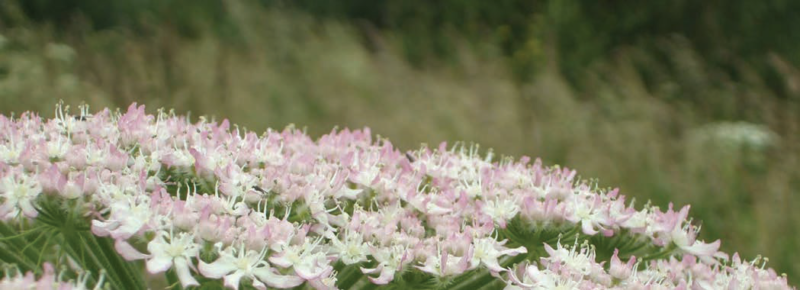Maryann Harris, Senior Executive Parks Superintendent shares Dublin City Council’s new action plan for dealing with invasive alien species
Dublin City Council(DCC) is the first Local Authority in Ireland to produce an Invasive Alien Species Action Plan (2016-2020). Invasive Alien Species (IAS) are animals and plants that are introduced accidentally or deliberately into a natural environment where they are not normally found, with serious negative consequences for their new environment. Strategies for control of IAS have been in place in Dublin City to deal with certain species since 2007.
The impacts of IAS are wide-ranging and destructive from economic, social, health and ecological viewpoints, and it is estimated that they currently cost Ireland and Northern Ireland economy €202,894,406 per year.
The objectives of the Draft Plan are to control and reduce the spread of existing IAS and to prevent any new IAS from establishing in the city. The speed and fluidity of their invasion and spread present major difficulties for traditional forms of environmental management. As such, a coordinated approach between a variety of public bodies and organisations is necessary to achieve the objectives of the plan.
As many invasive plants have arrived into Ireland through plant collecting, soil importation and horticultural practices, those working in the horticulture industry have a vital role in recognising threats posed by designated IAS and even contributing to risk assessments for potential future IAS.
The European Union passed new IAS Regulations in 2014, which have clarified our requirements in dealing with these species. This legislation will be further enacted in 2016. The Dublin City IAS Action Plan (2016 – 2020) examines its implications for Dublin City Council and covers the first reporting period under the Regulations. This will assist in Ireland meeting its obligation to prepare a national assessment report by June 2019, and its review on the EU Biodiversity Strategy implementation to 2020. Ireland has listed designated invasive plants and animals in the European Communities (Birds and Habitats) Regulations (2011). It is now against the law to sell, propagate, spread or allow the dispersal of these species. Restrictions on the movement of soil are also in place under the national law. Penalties under this are comparable to those of health and safety legislation. Surprisingly, some of the designated plants are still being found for sale in Ireland, which highlights the need for greater awareness-raising.
The City Council plan includes specific responsibilities for contractors working for the City Council. These include requirements for recording of any invasive alien species encountered on site, for transport of soils, disposal of material and for site management. There are also requirements for planning consent, and DCC has been including specific planning conditions for IAS management plans since 2011.
Although the control of invasive alien species may put additional responsibilities on project and site managers, this is necessary when the consequences of not doing so are so high for biodiversity and even human health and safety. The need for specialist advice and management is likely to increase in the horticultural sector and may represent new business opportunities for some who develop their skills in meeting these requirements. Some species require post-construction monitoring programmes for several years, and this is likely to be the case in particular for sites located near or within habitats designated of European Union importance. This can be perhaps tied into landscape maintenance contracts for certain projects. However, it is important that staff are trained fully in basic identification and best practice for the species highlighted in the plan for Dublin City. These are generally the most common IAS in Ireland, although Dublin City Council has assessed the risks based on known records within its administrative area.
It is likely that passport controls for plants will be further controlled as the European Regulations are implemented. We await the preparation of national risk assessments and strategies.
Although controlling IAS can seem like a never-ending battle, having a plan of action will hopefully help and it can be addressed site by site with positive outcomes for landowners and for biodiversity.
The Council’s plan will be available through its website: www.dublincity.ie. ✽










